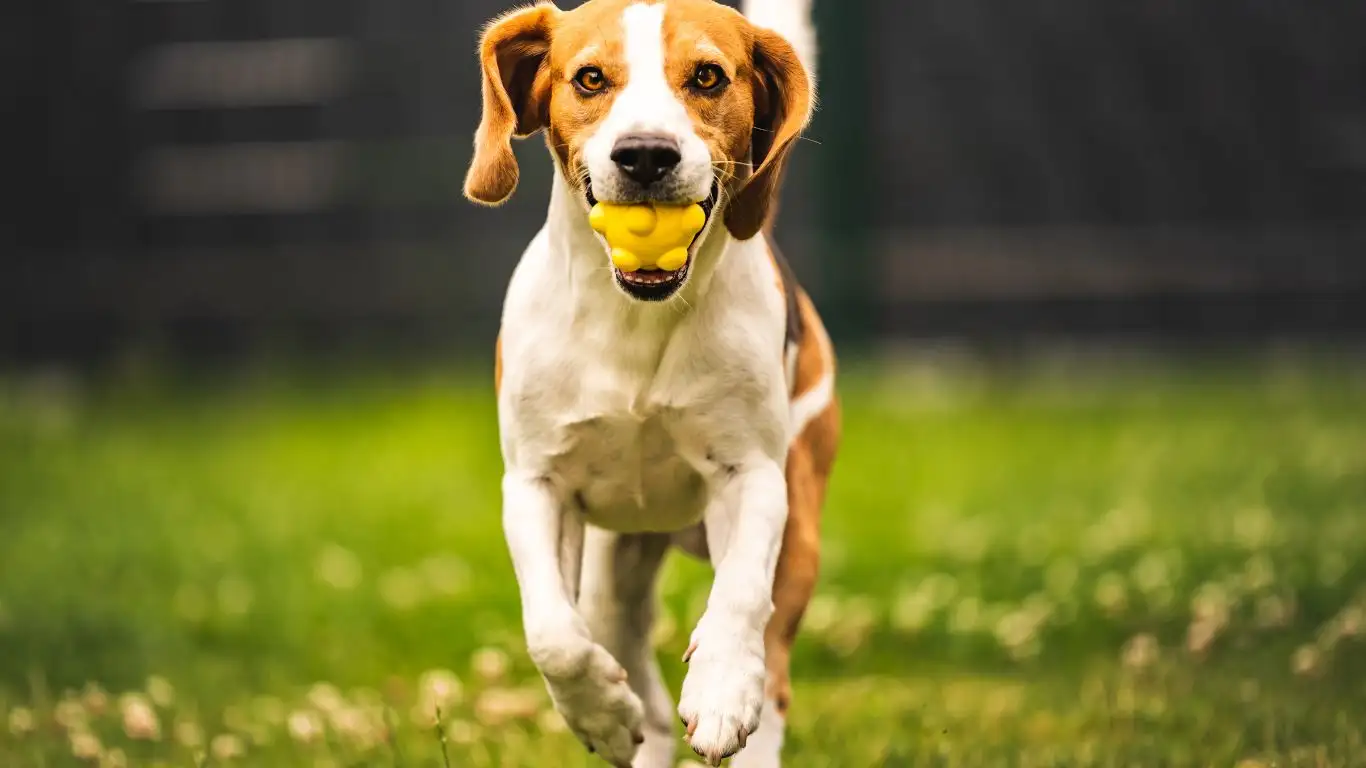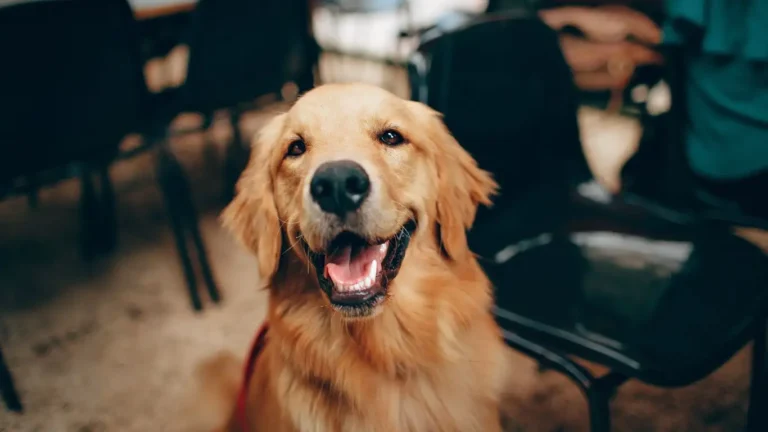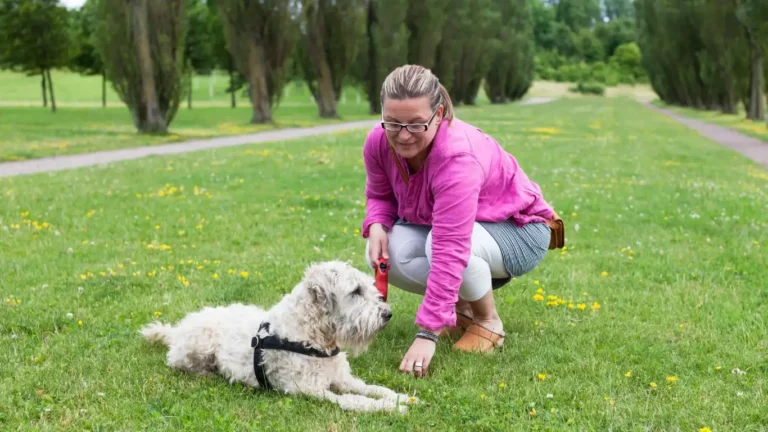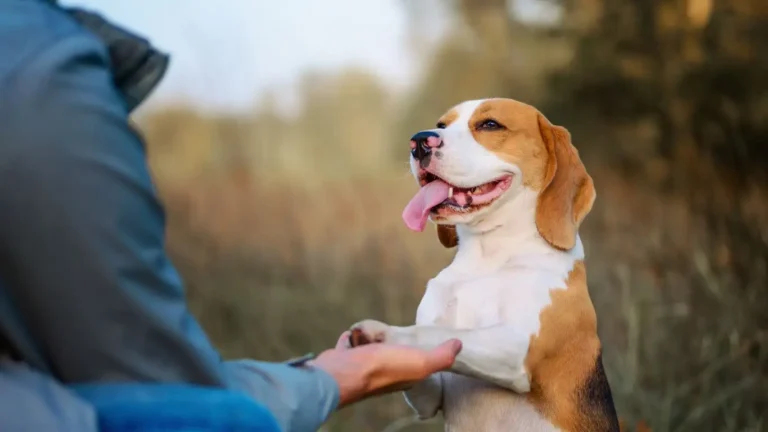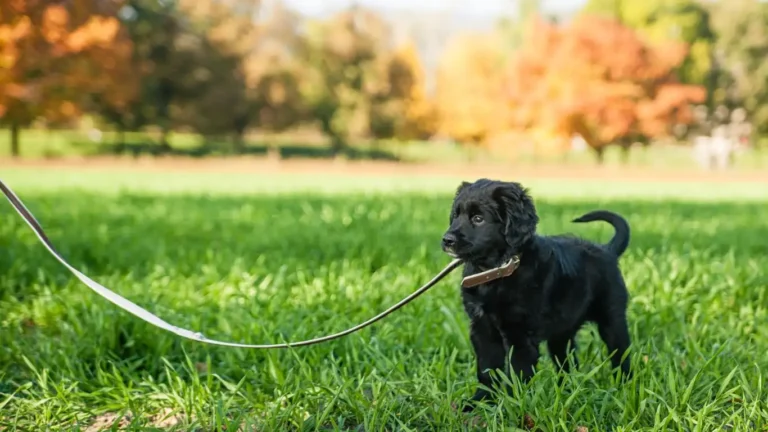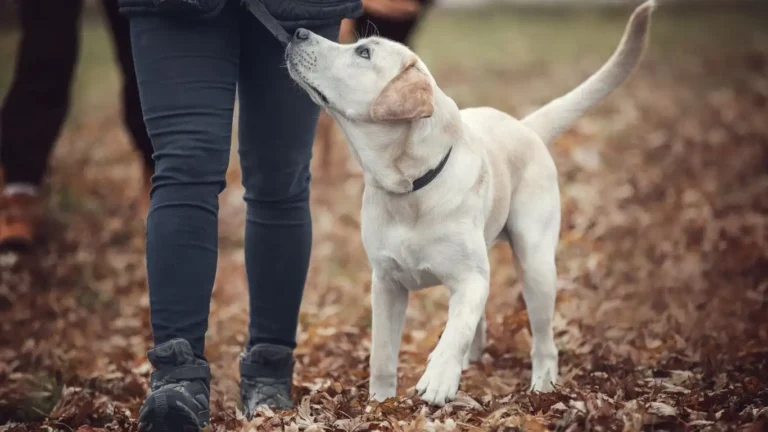Master How to Train a Dog to Wait Before Going Outside Like a Pro
Wondering how to train a dog to wait before going outside? I totally get it. Teaching a dog patience—especially when they’re vibrating with excitement at the front door—isn’t exactly a walk in the park (pun very much intended). I’ve been a Canine-Assisted Therapy Trainer for years now, and trust me, I’ve seen it all. From over-eager puppies launching themselves through the door to older rescues with zero impulse control, every pup brings their own personality to the challenge. But with a little know-how, a pinch of patience, and a sprinkle of consistency, you can totally turn the chaos into calm.
Why ‘Wait’ Matters More Than You Think

When people ask me why we even bother with teaching “wait,” I get it—at first glance, it might not seem like a big deal. But honestly? It’s a game changer. It’s not just about manners (though those are nice too); it’s about safety, trust, and control.
Here’s what I mean:
- Prevents bolting: A dog that waits at the door isn’t dashing into traffic or chasing the neighbor’s cat.
- Builds trust: Your dog learns that looking to you for the next move pays off.
- Establishes calm: Starting every walk in a calm state sets the tone for the entire outing.
Over the years, I’ve noticed something beautiful happen when dogs master this simple skill—they start offering it voluntarily. Yep, I’ve had therapy dogs pause and look up at me even when the door’s wide open. That’s the kind of bond we’re aiming for here.
Setting the Stage: What You’ll Need
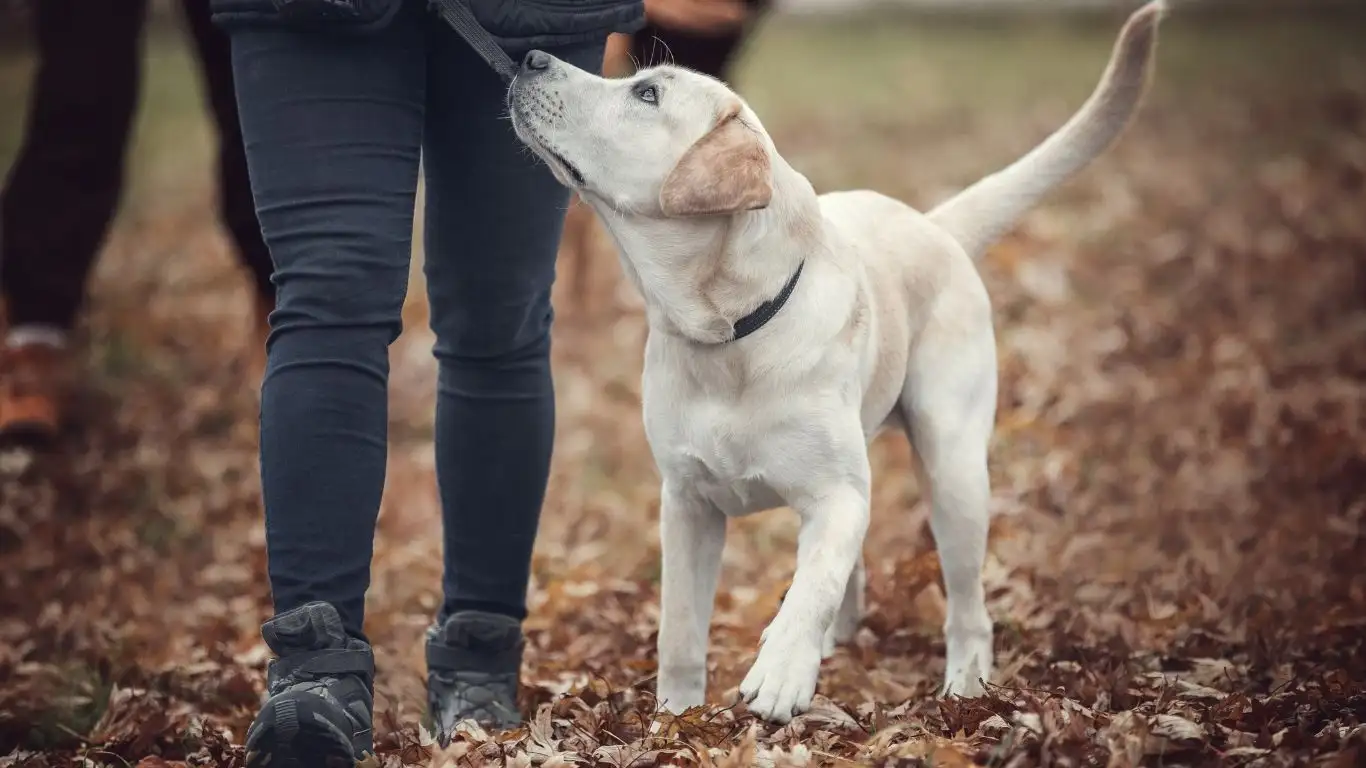
Before we get into the meat of the training, let’s talk tools. I like to keep it simple. Here’s what I recommend having on hand:
- High-value treats: Think tiny pieces of chicken, cheese, or soft training bites. Not kibble. We want fireworks, not golf claps.
- Leash and collar/harness: Control is key when you’re first teaching a wait cue.
- Calm space: Start at a door that doesn’t get a ton of action—think side or back door if your front is a war zone of distractions.
- Your voice: Calm, consistent tone goes a long way. Your energy matters.
Don’t overthink it. I’ve trained dogs in muddy backyards, tiny city apartments, even in the lobby of assisted living facilities. The magic isn’t in the setting—it’s in the repetition and the vibe you bring to the table.
Step-by-Step: How to Train a Dog to Wait Before Going Outside

Start with the Basics
If your pup has zero wait skills right now, don’t sweat it. Start small. Here’s a quick breakdown:
- Leash your dog and walk calmly to the door.
- Ask for a sit. Don’t open the door yet—just hang there for a sec and reward the calm energy.
- Place your hand gently on the doorknob and wait. If your dog gets up—just stop. No corrections, no scolding, just calmly reset with another sit.
- Open the door an inch. If your dog stays, reward with a treat and praise like “yes!” or “good wait.” If not, close the door and start over. Rinse and repeat.
This part might feel tedious. I’ve had sessions where it took 10 tries to get a three-second wait. But that’s okay. You’re building a foundation, not a quick trick. And the consistency? That’s what gets results that stick.
Layer in a Verbal Cue
Once your pup starts getting the hang of it, you can add in your cue. I use “wait,” but use whatever feels natural to you—just be consistent. Say it once, calm and clear, right before you touch the door handle. Over time, they’ll associate that word with holding position.
Generalize to Other Doors
One thing I see people forget all the time—dogs don’t generalize naturally. Just because your dog has nailed the back door wait doesn’t mean the front porch or car door is gonna make sense. Take your show on the road. Practice at different exits, times of day, and with light distractions once they’re solid in a quiet space.
And remember, setbacks are normal. I had a golden retriever once who was a rockstar at the shelter door but completely lost her mind at the vet’s front entrance. That’s just part of the journey.
Reinforce Calm Exits
When your dog does wait patiently and you finally say your release word (I use “okay”), make sure you’re still encouraging calm energy. No tearing out the door like a cartoon character. A pause, then a low-key exit. Over time, they learn that patience equals freedom—and that’s the secret sauce.
Common Challenges When Teaching ‘Wait’
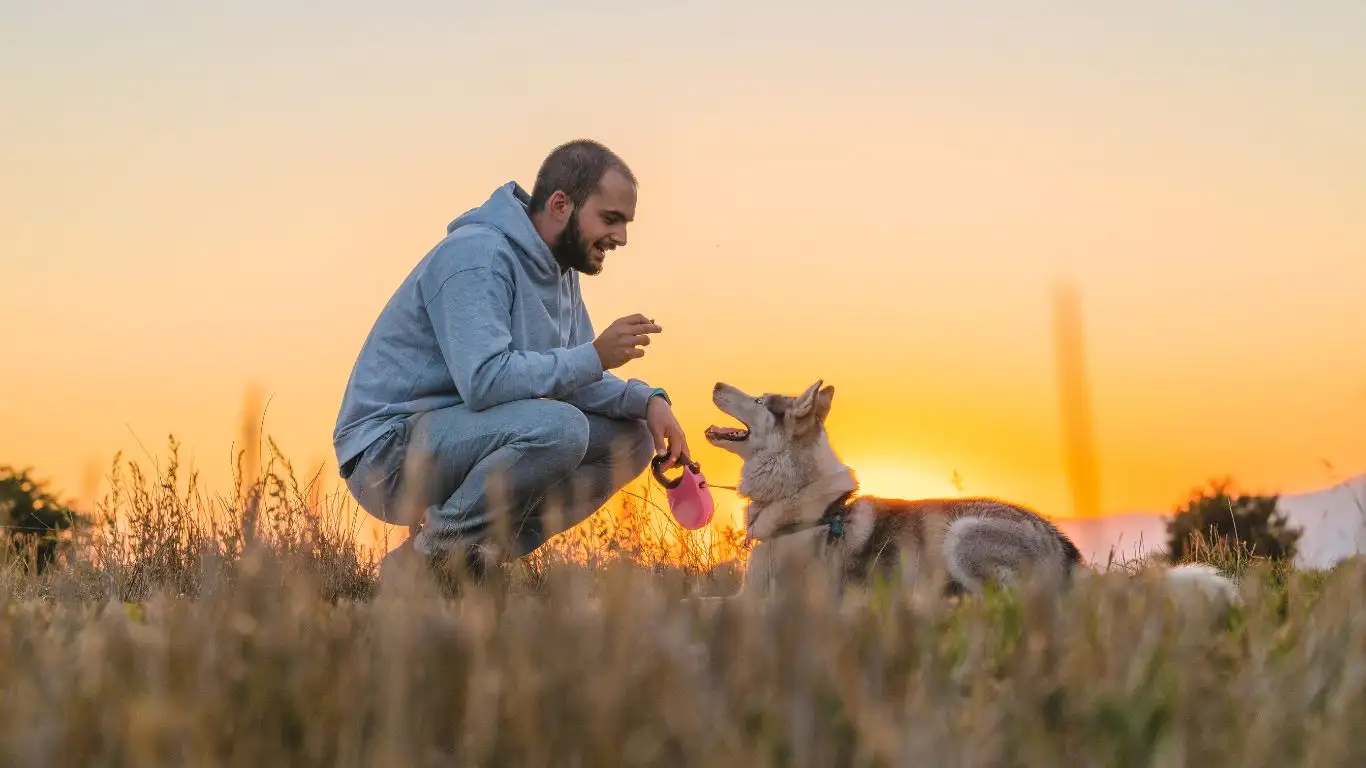
Okay, let’s be real for a second—training isn’t always smooth sailing. Even after your dog seems to get the idea, there are gonna be moments where it all just… unravels. I’ve had days where I swore my own dog had amnesia overnight. It’s normal. And if you’ve ever thought, “Why is he doing this again? He KNEW this yesterday!”—welcome to the club.
1. The Over-Excited Door Dasher
This is probably the most common issue I see. You’re doing great inside, and then boom—the second the door opens, your pup’s sprinting like it’s the Kentucky Derby.
Here’s the thing: dogs live in the moment. They’re not being “bad” or testing you—they’re just reacting. If excitement is a problem, you’ll need to focus on building impulse control in other areas, not just at the door. Practice ‘wait’ with food bowls, with toys, at curbs—anywhere your dog gets triggered by anticipation.
2. The “Almost Made It” Wiggler
Some dogs will sit and stay, but they’re vibrating with energy and constantly testing the boundary. I call these dogs the wigglers. I had a border collie mix named Luna who would inch forward one paw at a time, like she thought I wouldn’t notice. Cute? Yes. Correct behavior? Not quite.
In this case, you want to reward for stillness. Not just staying, but staying calmly. If your dog is on the edge of a breakdown every time you reach for the door, you might need to dial things back a bit and add more duration and distance before progressing again.
Leveling Up Your Training Game
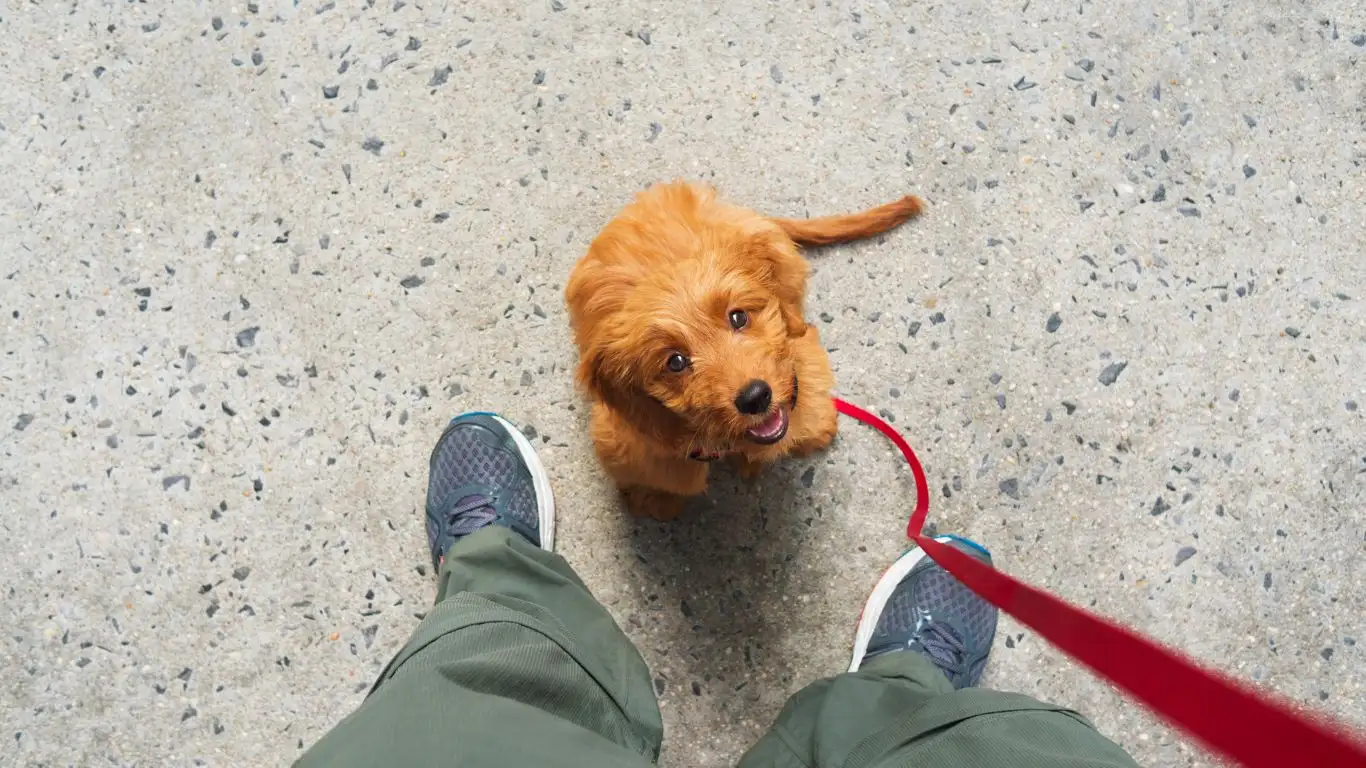
Once your dog is nailing the basics, it’s time to add layers. This is where things get interesting—and where real-world reliability is built. Think distractions, distance, and duration. These are what separate a dog who knows the cue from a dog who lives the cue.
Practice with Real-Life Scenarios
One of my favorite ways to reinforce the wait cue is by weaving it into everyday moments. Here are some ideas:
- Ask for a wait before letting your dog hop out of the car.
- Practice at park gates or trail entrances.
- Use the cue before tossing a ball during play sessions.
- Try it before letting your dog greet someone at the door (especially helpful with jumpy greeters).
The goal here is to help your dog generalize the cue to all sorts of environments and situations. And don’t forget to keep the rewards coming—especially when distractions are high. I still carry treats on walks with new trainees because the outside world is basically Disneyland for dogs.
Training with Multiple Dogs
Got more than one pup? That definitely ups the difficulty, but it’s totally doable. I work with therapy dog teams all the time, and teaching a group ‘wait’ is a thing of beauty when it comes together.
Start by working each dog separately until they’ve got a solid individual foundation. Then, bring them together and practice short sessions, gradually increasing time and distraction. Use separate release words if needed to avoid confusion, and always reward calm group behavior like it’s the best thing you’ve ever seen. Because honestly? It kind of is.
The Human Element: What YOU Bring to the Table

Here’s something I talk about with every client, no matter how experienced they are: your dog is reading you constantly. Your body language, your tone, your vibe—it all matters. And if you’re frazzled or in a rush, guess what? Your dog is gonna feel that and reflect it back.
Consistency isn’t just about doing the same steps—it’s about showing up with the same calm energy every time. Dogs are emotional mirrors. I’ve worked with anxious dogs who completely changed their behavior when their handler started showing more calm confidence. Your mindset really is half the battle.
Don’t Be Afraid to Pause
If something’s not working, it’s okay to pause and reassess. Take a breath. Go back to basics. Training isn’t linear—it’s more like a roller coaster with a few surprise loops thrown in. I’ve had experienced therapy dogs suddenly regress in new environments, and guess what? We just met them where they were that day. No biggie.
And hey, if you’re feeling stuck, reach out! Find a local positive reinforcement trainer, or even connect with a therapy dog organization. Community support can make a huge difference.
Keep it Fun, Always
If there’s one thing I’ve learned from years of working with dogs, it’s this: if you’re not having fun, neither is your dog. Training should feel like a game, not a grind. Celebrate the little wins, laugh at the flubs, and treat every success like a gold medal moment.
Because at the end of the day, it’s not just about teaching your dog to wait at a door. It’s about building a stronger, more respectful bond. And that’s something truly special.
Advanced Tips to Reinforce ‘Wait’ Like a Pro

So your dog’s rocking the basics. They’re holding that wait at doors like a champ, maybe even offering it without being asked (a personal favorite milestone of mine). Now what? This is where you really get to have some fun with it—and stretch their mental muscles even more.
Randomize the Release
Dogs are pattern-seekers. If you always say “okay” after three seconds, they’ll start counting in dog-brain. Mix it up. Sometimes wait five seconds, sometimes twenty. Surprise them (in a good way). The more unpredictable you are, the more they stay focused on you, not the environment.
Delay the Reward
Now that your dog understands the game, you can slowly fade the treat but keep the praise. Or try switching up the reward. Instead of food, maybe the reward is heading outside, or a quick game of tug. Life rewards are powerful—use them!
I remember working with a therapy poodle named Jasper who honestly cared more about getting to the lobby of the senior center than any treat I could offer. For him, the door opening was the jackpot. Lean into what motivates your pup most.
Why Teaching ‘Wait’ Builds a Healthier Relationship

Let’s zoom out a little. Because beyond the practical “don’t dart into traffic” reasons, teaching a dog to wait before going outside taps into something bigger—trust and mutual respect.
It’s not about dominance or control. It’s about communication. You’re showing your dog that you’ve got things handled, and they don’t need to make split-second decisions on their own. That’s a huge relief for a lot of dogs, especially anxious ones.
Trust Leads to Autonomy
Ironically, the more trust you build through structured behaviors like ‘wait,’ the more freedom you can eventually give your dog. I’ve seen this in so many of my canine-assisted therapy teams. Dogs that start with strict boundaries often end up with the most freedom because they’ve earned it through consistency and calm responses.
This is also where the human-dog bond deepens. When your dog consistently checks in with you before making a move, that’s not obedience—that’s connection. And honestly, it’s kind of magic when it clicks.
Translating ‘Wait’ to Real-Life Confidence
Here’s a fun little case study from my own experience: a rescue mutt named Archie who had zero training and 100% go-go-go energy. After a few weeks of practicing ‘wait’ at doors, we started seeing big changes—he was checking in before lunging toward squirrels, hesitating at curbs, even waiting before jumping into the car. The skill had generalized into real-world confidence and calm decision-making.
This kind of self-regulation is especially useful for dogs involved in therapy, service work, or even just high-stimulation households with kids, guests, or chaos. You’re not just teaching a command—you’re teaching a coping strategy.
Helpful Resources Backed by Science and Experience
While personal experience is powerful, I always recommend pairing lived training with solid evidence. Here are a few go-to resources I love:
- American Kennel Club (AKC) – solid, vet-reviewed training advice and breed insights.
- PetMD – great for behavioral science and health-backed training approaches.
- National Institutes of Health (NIH) – for understanding stress reduction in humans and dogs (yes, there’s a link!).
- Health.com – helpful for human-animal interaction benefits, especially for therapy teams.
Blending practical hands-on training with current research is the sweet spot. And as a trainer who works closely with therapy teams, I’ve found that referencing these credible sources can also help handlers gain confidence in the “why” behind what we teach.
Quick Recap: What Makes ‘Wait’ So Powerful?
- Safety: Prevents dashing out into unsafe environments.
- Impulse control: A foundational behavior for therapy, service, and even basic household manners.
- Trust building: Reinforces your dog’s habit of looking to you before reacting.
- Real-life application: From car rides to chaotic sidewalks, wait gives your dog a framework for calm behavior.
And let’s be honest—there’s just something heart-melting about your dog pausing at the door, turning to you with soft eyes like, “You ready?” That’s not just obedience. That’s connection. That’s partnership.
Disclaimer
This article is based on my professional experience as a Canine-Assisted Therapy Trainer and is meant for informational purposes only. Every dog is different, and not all training methods suit every pup. For personalized advice, consult with a certified professional trainer or your veterinarian. This content is not intended to replace veterinary or behaviorist guidance.
